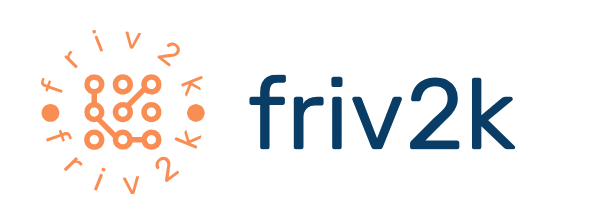
Blockchain Fortification: Bolstering Cybersecurity Defenses
In the ever-evolving landscape of digital threats, the integration of blockchain technology has emerged as a formidable force in safeguarding against cyber attacks. This article explores the pivotal role played by blockchain in fortifying cybersecurity defenses.
Decentralized Defense: The Blockchain Advantage
One of the key strengths of blockchain lies in its decentralized nature. Unlike traditional centralized systems, blockchain operates on a distributed network of computers, making it resistant to single points of failure. This decentralized architecture ensures that even if one node is compromised, the overall integrity of the system remains intact, providing a robust foundation for cybersecurity defenses.
Immutable Ledgers: A Shield Against Tampering
Blockchain’s use of immutable ledgers adds an additional layer of defense against cyber threats. Once data is recorded on the blockchain, it cannot be altered or tampered with, thanks to cryptographic hashes linking each block. This feature ensures the integrity of information, making it an invaluable asset in preventing unauthorized access and manipulation of critical data.
Smart Contracts: Automating Security Protocols
Smart contracts, self-executing agreements with the terms directly written into code, contribute significantly to enhancing cybersecurity. These contracts automate security protocols, reducing the reliance on human intervention. By executing predefined actions when specific conditions are met, smart contracts bolster the overall resilience of the system against potential cyber attacks.
Guardians of Digital Assets: Blockchain’s Role in Protecting Information
In the digital age, safeguarding sensitive information is paramount. Blockchain’s cryptographic techniques play a crucial role in protecting digital assets. By encrypting data and ensuring secure key management, blockchain acts as a guardian, shielding valuable information from unauthorized access and cyber threats.
Traceability and Transparency: Keys to Cyber Resilience
Blockchain’s transparent and traceable nature adds a new dimension to cyber resilience. Every transaction on the blockchain is recorded and visible to authorized participants, enabling swift detection of any suspicious activities. This transparency fosters accountability and helps identify potential security breaches, allowing for prompt action to mitigate risks.
Innovation Bastion: Harnessing Blockchain for Advanced Security
As the cybersecurity landscape evolves, so does the innovation within blockchain technology. The integration of advanced cryptographic techniques, consensus algorithms, and privacy-focused features ensures that blockchain remains at the forefront of cybersecurity innovation. This continuous development creates a formidable bastion against emerging cyber threats.
Collaborative Defense: Blockchain in Cybersecurity Partnerships
Blockchain’s decentralized and collaborative nature extends beyond its architecture. It fosters secure and transparent collaborations between entities. In the realm of cybersecurity, this collaborative approach enables organizations to share threat intelligence seamlessly and respond collectively to potential attacks. The power of a united front is a significant advantage in the ongoing battle against cyber threats.
Adapting to New Frontiers: Blockchain’s Response to Cyber Challenges
The adaptability of blockchain technology is a key asset in the face of evolving cyber challenges. From securing financial transactions to protecting healthcare data and critical infrastructure, blockchain is proving its mettle across diverse industries. Its ability to adapt to new frontiers ensures that cybersecurity remains a dynamic and proactive field.
Cybersecurity Integration: The Future Shield
As blockchain technology continues to mature, its integration with cybersecurity measures is set to become even more seamless and comprehensive. The future envisions a unified shield where blockchain’s decentralized, tamper-resistant, and automated features work in harmony to create an impregnable defense against cyber threats.
Guardians of the Digital Realm: Blockchain’s Enduring Impact
In conclusion, blockchain stands as a steadfast guardian of the digital realm, fortifying cybersecurity defenses with its decentralized architecture, immutable ledgers, smart contracts, and collaborative capabilities. As the cybersecurity landscape advances, the symbiotic relationship between blockchain and cyber defense is poised to define the future of secure digital ecosystems. Read more about blockchain and cyber security
